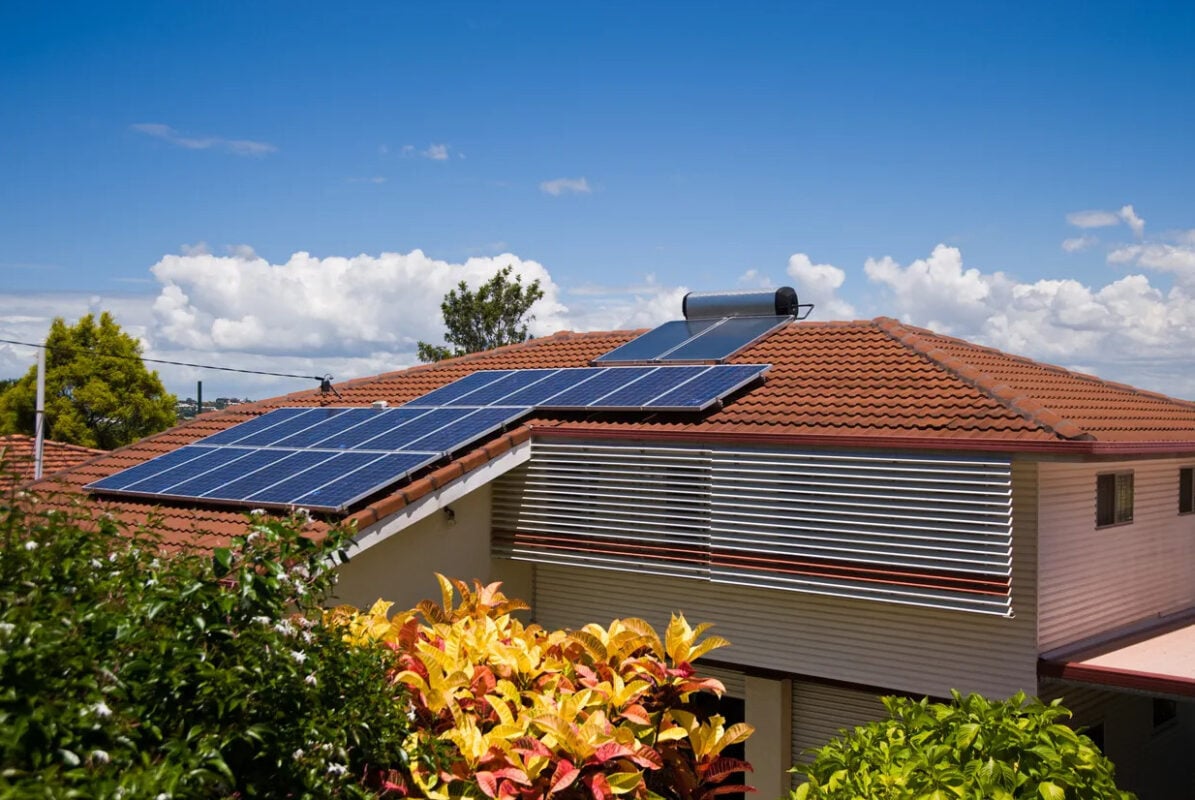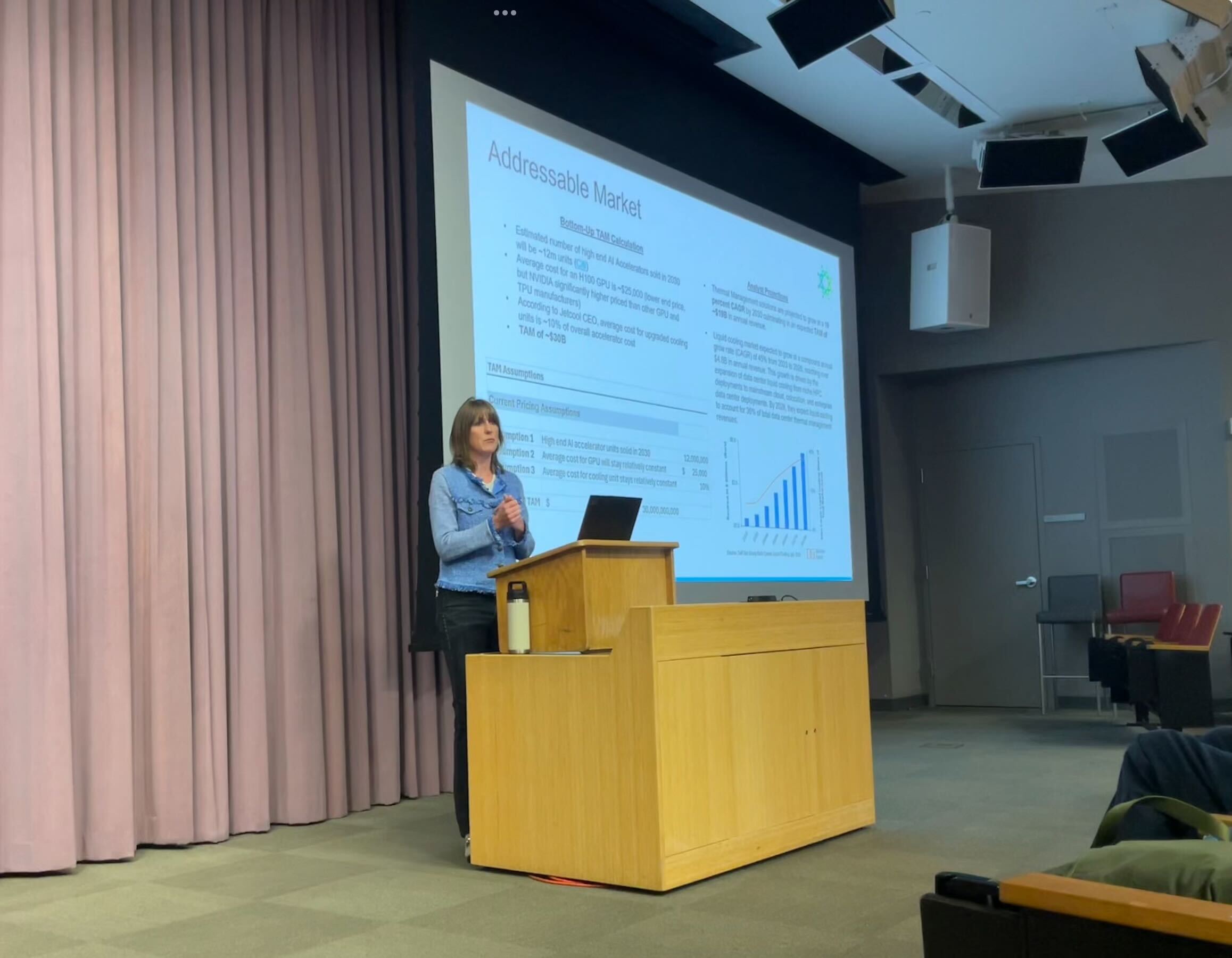MN’s soon-to-be frozen farm fields hold future clean jet fuel – KAXE

Report on Sustainable Aviation Fuel Initiative in Minnesota
Introduction: An Integrated Approach to Sustainable Development Goals
A study led by the University of Minnesota’s Forever Green initiative is examining the large-scale production of Sustainable Aviation Fuel (SAF). This project utilizes winter camelina, a winter-hardy cover crop, as a primary ingredient. The initiative represents a significant contribution to several United Nations Sustainable Development Goals (SDGs) by integrating environmental protection, clean energy development, and economic sustainability.
Advancing Clean Energy and Climate Action (SDG 7 & SDG 13)
The core objective of this research is to convert oil from winter camelina seeds into a low-carbon jet fuel, directly addressing the targets of SDG 7 (Affordable and Clean Energy) and SDG 13 (Climate Action). By developing a viable alternative to conventional jet fuel, the project aims to significantly reduce greenhouse gas emissions from the aviation industry. A successful test flight from Minneapolis-St. Paul International Airport has already demonstrated the fuel’s potential.
Protecting Terrestrial and Aquatic Ecosystems (SDG 15 & SDG 6)
The cultivation of winter camelina provides substantial environmental co-benefits, aligning with goals for terrestrial and water resource management.
- SDG 15: Life on Land: As a cover crop, winter camelina protects agricultural soil from erosion during the winter months, halting land degradation and preserving the integrity of terrestrial ecosystems.
- SDG 6: Clean Water and Sanitation: By promoting healthier farmland and reducing soil runoff, the crop helps improve the water quality of local bodies of water, such as the Mississippi River. Environmental organizations support the use of oilseeds like camelina due to their smaller carbon footprint compared to other biofuel sources.
Fostering Innovation and Sustainable Economic Growth (SDG 9 & SDG 8)
The initiative serves as a catalyst for innovation in both agriculture and industry, while providing new economic opportunities that support sustainable growth.
Key Objectives and Challenges
- Industry, Innovation, and Infrastructure (SDG 9): The current research focuses on creating a blueprint for scaling up SAF production. This involves overcoming challenges such as perfecting crop varieties and securing sufficient processing capacity, thereby fostering innovation and building resilient infrastructure.
- Decent Work and Economic Growth (SDG 8): For farmers, winter camelina presents a profitable and low-maintenance crop. Its cultivation offers a sustainable income stream, contributing to economic growth in rural communities, particularly when other commodity markets face instability.
Conclusion: A Model for Responsible Production (SDG 12)
The Minnesota-based project to produce SAF from winter camelina exemplifies the principles of SDG 12 (Responsible Consumption and Production). It establishes a sustainable production model that begins with restorative agricultural practices and concludes with a cleaner energy product, creating a value chain that is environmentally sound, economically viable, and socially beneficial.
Analysis of Sustainable Development Goals in the Article
1. Which SDGs are addressed or connected to the issues highlighted in the article?
-
SDG 7: Affordable and Clean Energy
- The core theme of the article is the development of “cleaner fuel for commercial jets,” specifically Sustainable Aviation Fuel (SAF). This directly aligns with the goal of increasing access to and the share of clean, renewable energy sources.
-
SDG 13: Climate Action
- The article states that the purpose of converting seed oil into SAF is to help airlines “reduce emissions.” This initiative is a direct climate change mitigation strategy, aiming to lower the carbon footprint of the aviation industry.
-
SDG 9: Industry, Innovation, and Infrastructure
- The article highlights the “University of Minnesota’s Forever Green initiative” and its research to “lay out a blueprint detailing what is needed to scale up production.” This focus on research, perfecting crop varieties, and addressing challenges like “processing capacity” is central to fostering innovation and building sustainable industrial infrastructure.
-
SDG 15: Life on Land
- Winter camelina is described as a “cover crop that not only protects the soil from erosion.” This practice contributes to sustainable land management by preventing soil degradation and maintaining ecosystem health, which is a key aspect of SDG 15.
-
SDG 6: Clean Water and Sanitation
- The article mentions that groups like Friends of the Mississippi River support the initiative because of “the chance to improve water quality with healthier farmland.” Using cover crops reduces nutrient and sediment runoff into water bodies, directly contributing to the protection of water-related ecosystems.
-
SDG 8: Decent Work and Economic Growth
- The farmer, Eric Kukowski, notes that winter camelina is “profitable at a time when various commodities are weighed down by trade war effects and other market woes.” This demonstrates how sustainable practices can create economic opportunities and resilience for farmers, promoting productive employment.
2. What specific targets under those SDGs can be identified based on the article’s content?
-
Target 7.2: By 2030, increase substantially the share of renewable energy in the global energy mix.
- The entire project focuses on creating Sustainable Aviation Fuel from winter camelina, a renewable oilseed crop. The goal to “scale up production” directly supports increasing the share of renewable fuels in the aviation sector’s energy mix.
-
Target 9.5: Enhance scientific research, upgrade the technological capabilities of industrial sectors in all countries… encouraging innovation.
- The article describes the “early stages of a study” by the University of Minnesota to determine the next steps for SAF. This research into perfecting crop varieties and developing a production blueprint is a clear example of enhancing scientific research and technological capabilities.
-
Target 13.2: Integrate climate change measures into national policies, strategies and planning.
- The development and promotion of SAF is a tangible climate change mitigation measure. The test flight from Minneapolis-St. Paul International Airport signifies the integration of such strategies into the operations of a major industry.
-
Target 15.3: By 2030, combat desertification, restore degraded land and soil, including land affected by drought and floods, and strive to achieve a land degradation-neutral world.
- The article explicitly states that winter camelina is a “cover crop that not only protects the soil from erosion.” This agricultural practice directly contributes to restoring and maintaining soil health, which is the core of this target.
3. Are there any indicators mentioned or implied in the article that can be used to measure progress towards the identified targets?
-
Indicator for SDG 7 & 13: Reduction in carbon emissions.
- The article mentions the goal is to create “low-carbon jet fuel” to “reduce emissions.” Progress can be measured by the carbon intensity of the new fuel compared to conventional jet fuel. The successful “test flight using Sustainable Aviation Fuel” serves as a qualitative indicator of technological viability.
-
Indicator for SDG 15: Area of land under sustainable agricultural practices.
- The article provides a specific figure: the farmer “just planted his share of winter camelina across roughly 640 acres.” This acreage is a direct quantitative indicator of land being managed sustainably to prevent soil erosion.
-
Indicator for SDG 9: Investment in research and development.
- The existence of the “University of Minnesota’s Forever Green initiative” and its dedicated study on SAF implies an investment of resources (financial and human) into research and innovation for sustainable technologies. While not quantified, the initiative itself is an indicator of progress.
-
Indicator for SDG 6: Improvement in ambient water quality.
- The article implies this indicator by noting that environmental groups support the crop for its potential to “improve water quality.” Progress could be measured by monitoring nutrient levels (e.g., nitrogen, phosphorus) and sediment loads in rivers and streams adjacent to farmland where winter camelina is grown.
Summary Table of SDGs, Targets, and Indicators
| SDGs | Targets | Indicators |
|---|---|---|
| SDG 7: Affordable and Clean Energy | 7.2: Increase substantially the share of renewable energy in the global energy mix. | The production and use of Sustainable Aviation Fuel (SAF); successful test flights using SAF. |
| SDG 13: Climate Action | 13.2: Integrate climate change measures into policies, strategies and planning. | The development of “low-carbon jet fuel” to “reduce emissions” from the aviation industry. |
| SDG 9: Industry, Innovation, and Infrastructure | 9.5: Enhance scientific research, upgrade the technological capabilities of industrial sectors. | The University of Minnesota’s study to create a “blueprint” for scaling up production and perfecting crop varieties. |
| SDG 15: Life on Land | 15.3: Combat desertification, restore degraded land and soil. | The area of land planted with winter camelina as a cover crop to protect soil from erosion (e.g., the “roughly 640 acres” mentioned). |
| SDG 6: Clean Water and Sanitation | 6.6: Protect and restore water-related ecosystems. | Implied improvement in water quality in nearby rivers due to reduced farmland runoff. |
| SDG 8: Decent Work and Economic Growth | 8.2: Achieve higher levels of economic productivity through diversification and innovation. | The profitability of winter camelina for farmers, providing a new income stream. |
Source: kaxe.org
What is Your Reaction?
 Like
0
Like
0
 Dislike
0
Dislike
0
 Love
0
Love
0
 Funny
0
Funny
0
 Angry
0
Angry
0
 Sad
0
Sad
0
 Wow
0
Wow
0




















































.jpg.webp?itok=0ZsAnae9#)


























